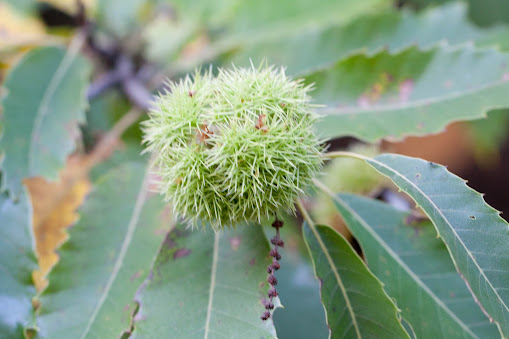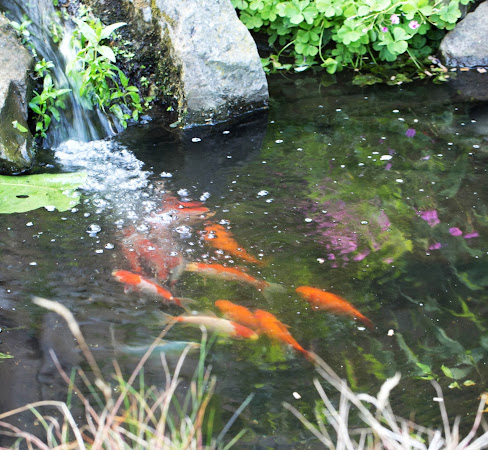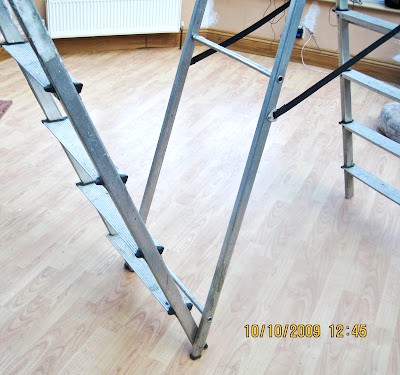Thingummyjigs
and what’snames
Dorothy, on the right, with her elder sister, Edie, and her father, in Folkestone, Kent, about 1936, when she was 18
I first
met my future mother-in-law, Dorothy, when I was seventeen. She was a cheerful, chatty
person, who had learnt to make the most of life.
Dorothy as a young mother with her boys, Trevor, left, and Barry, right, in India
Her first husband died when he was
thirty-five. Her second husband, whom she married
after both her sons had married and settled, died two years after the marriage.
Thus, she spent sixty years of her adult life living alone, but she never
complained about the hand fate had dealt her.
Her widow’s
pension was small and she decided to return to work. She had expected never to
have to work again, but enjoyed the challenge and the friends she made through
it. Her social life was built around her working life.
She loved
to talk, but conversing with her could be tricky if one hadn’t been in at the
beginning of her train of thought. Sometimes, I felt like saying, ‘Give me a
clue.’ However, I soon discovered that she repeated herself frequently and
topics were revisited exactly word for word, with even the little laughs in the
same places. She was easy to listen to, and entertaining, for she enjoyed
gentle gossip, though never anything salacious.
Repetition
is not just a function of old age; some young people are very
repetitious. Occasionally, I think it’s my fault, and they repeat their tale
because they think I haven’t heard, or perhaps I’m not responding
enthusiastically or loudly enough.
Dorothy aged 75
Some
speakers become so locked into their narrative that they cannot move on from it
and must recount every detail. They remind me of people who struggle gamely through a lengthy joke long after everyone has anticipated
the funny ending half-way through. The laughter they anticipated is less hearty
than they felt was justified. Thinking the punchline has been misheard or
misunderstood, they repeat it, maybe two or three times, while the patient
audience tries to respond with the requisite amount of fervour, rictus forming
on their aching jaws.
My
mother-in-law didn’t tell jokes. She had a good sense of humour but I don’t
recall her ever telling a gag. Thinking about her now, I suspect she thought it
would not have been very ‘ladylike.’
She took enormous pride in her appearance and was always impeccably groomed. Going clothes shopping with her, which I did frequently, was an unforgettable experience. It was never a short outing, but she loved clothes and was always delighted with her purchases. Any proposed family gathering - wedding, funeral, Christmas - was an excuse to buy a new outfit, and who would blame her, after a solitary, fairly lonely life, if she indulged her passion for style and colour?
When she
reached her nineties, words began to fail her. She had always had difficulty
remembering names and often laughed at herself because of that, but then her
conversation became peppered with ‘doings’, ‘thingummyjigs’, ‘what’snames,’ and
‘you knows.’ Some of our grandchildren’s names completely escaped her. She
could not remember that our dogs were Dalmatians and called them ‘spotted dogs,’
for the bidden word would not come to her lips.
Approximations
would be made – for example, ‘terrestrial television’ became the more heavenly ‘celestial
television’ and ‘trolley’ was renamed ‘lorry.’ Someone else I knew of, and much younger than her, referred
to ‘Swarfega’ as ‘Swastika.’ (Swarfega is a British brand of heavy-duty hand
cleaner.)
There
were also almost-associations – a supermarket chain called Morrison’s became
William’s. (William Morris was the association, maybe?)
On her 90th birthday
Later, very
near the end of her life, when dementia took its cruel hold, she could no longer
remember her husbands’ names and lived in the long-ago past, constantly surprised to learn that her parents had died. Ancient
transgressions, such
as breaking a window, or trespassing on someone’s land, came to the fore and she lived in fear of retribution. Yet,
she still recognised that there was ‘something wrong in her head’ as she
expressed it, as reality slipped further and further away.
For all
that, when or if I reach my mother-in-law’s age, I hope I shall remain as
alert, interested and independent as she was until her latter handful of years.
After all, what’s in a word?
What’s in
a name? that which we call a rose
By any other name would smell as sweet.







-2.jpg)












_(14597422018).jpg)







.jpg)












